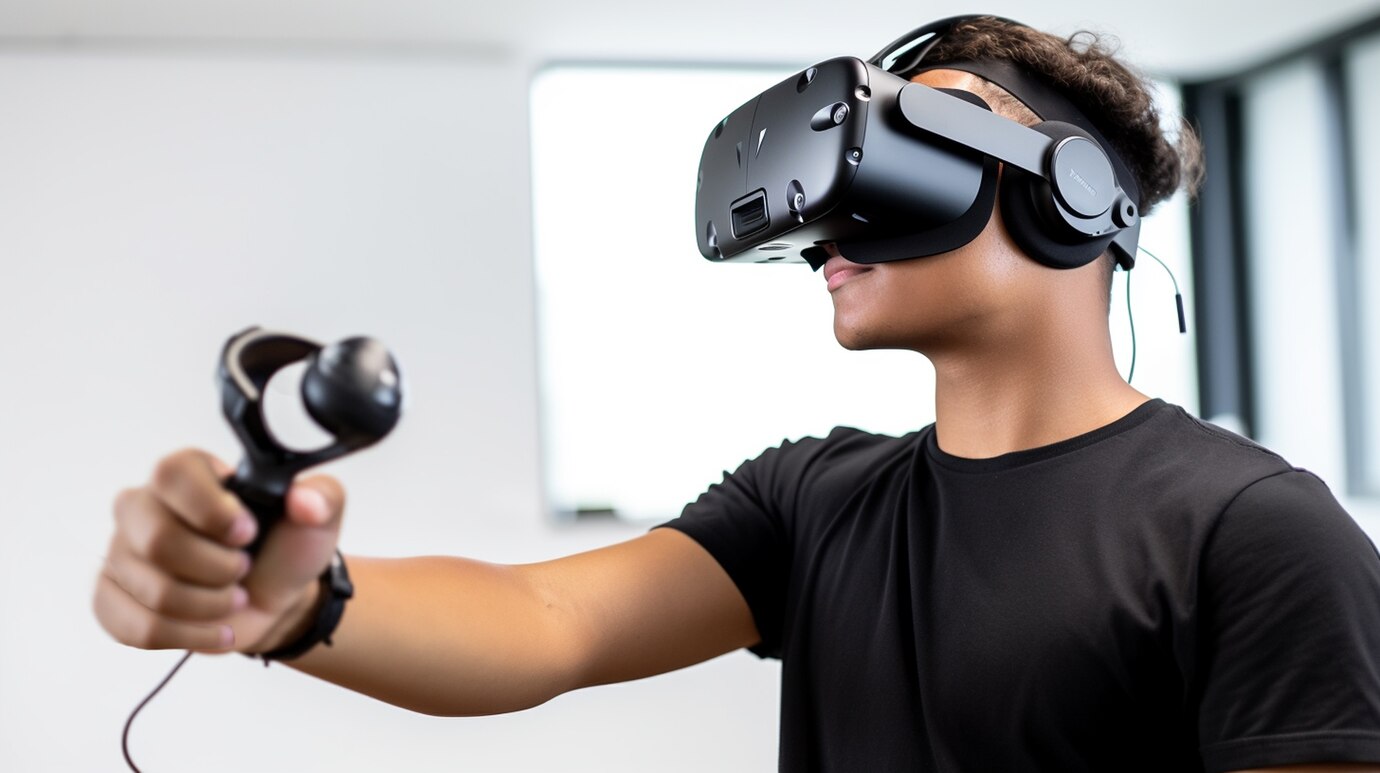How Augmented Reality (AR) is Revolutionizing Everyday Gadgets
Augmented Reality (AR) is transforming everyday gadgets, blending digital experiences with the physical world to enhance how we work, play, and interact with technology. Unlike Virtual Reality (VR), which immerses users in a completely digital environment, AR overlays digital elements onto real-world settings, creating a seamless integration of both. This technology is no longer confined to gaming or entertainment—it is making its way into smartphones, wearables, home appliances, and even automobiles.
One of the most widespread applications of AR is in smartphones. Features like AR filters in social media apps, interactive shopping experiences, and real-time navigation tools have become part of everyday life. Apple’s ARKit and Google’s ARCore have enabled developers to create immersive applications that allow users to visualize furniture in their homes before purchasing, try on virtual clothing, or even see how makeup products will look on their skin. These advancements not only enhance convenience but also redefine how consumers engage with brands and products.
Wearable technology is also experiencing a major shift thanks to AR. Smart glasses, such as Microsoft’s HoloLens and Meta’s Ray-Ban Stories, are changing the way users interact with information. These devices display real-time data, notifications, and navigation overlays directly in the user’s field of vision, reducing the need to constantly check a phone. In the fitness industry, AR-integrated workout apps provide interactive coaching by overlaying real-time performance metrics onto the user’s view, making exercise sessions more engaging and personalized.
Home gadgets are also benefiting from AR enhancements. Smart mirrors equipped with AR technology offer virtual try-ons for outfits and makeup, while AR-powered kitchen appliances provide interactive cooking guidance by overlaying step-by-step instructions onto a real countertop. Even home improvement has been revolutionized, with AR apps enabling users to see how different paint colors, wallpapers, or furniture arrangements would look in their spaces before making changes.
The automotive industry has embraced AR to improve driving experiences and safety. Many modern vehicles now come with AR-powered heads-up displays (HUDs) that project navigation directions, speed, and safety alerts onto the windshield. This allows drivers to access crucial information without taking their eyes off the road. Some manufacturers are even integrating AR into parking assistance systems, overlaying visual guides onto camera feeds to help drivers maneuver more accurately.
Entertainment and gaming remain at the forefront of AR innovation. Games like Pokémon GO introduced the world to location-based AR gaming, while interactive museum exhibits and AR-enhanced concerts create immersive experiences that blend the digital and physical worlds. Streaming services are also exploring AR, with features that allow users to bring virtual movie characters or objects into their surroundings, enhancing storytelling and engagement.
As AR technology continues to evolve, its integration into everyday gadgets will become even more seamless and intuitive. The ability to interact with digital content in real-world environments is not just enhancing convenience—it is redefining how we experience technology. From smartphones and wearables to home appliances and automobiles, AR is shaping a future where digital and physical realities merge effortlessly, making daily life more interactive, efficient, and engaging.
